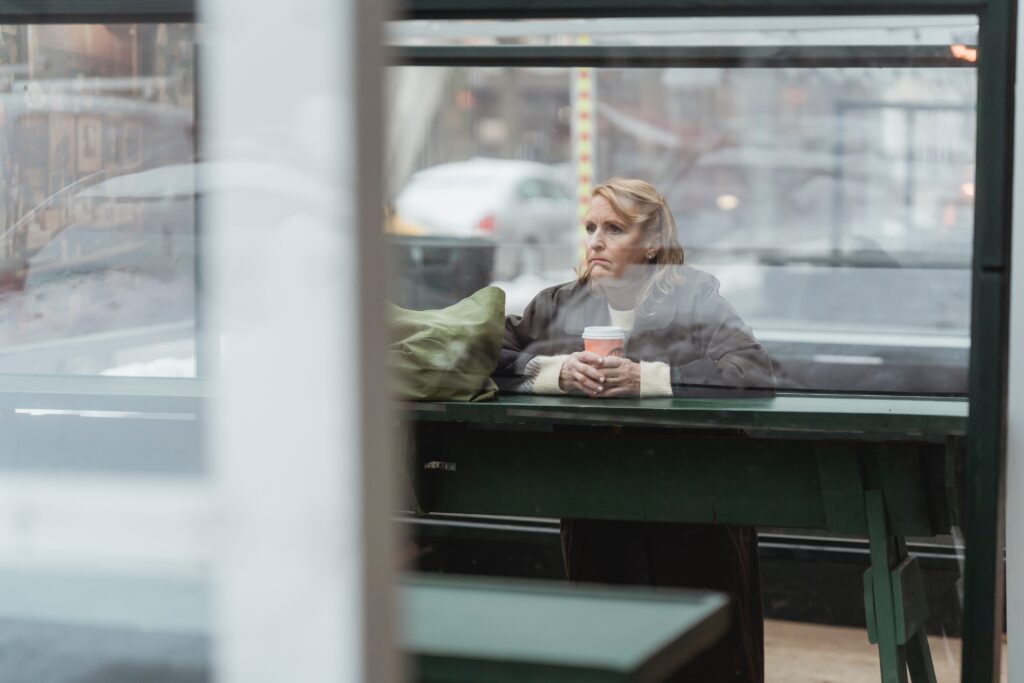Poverty decreasing for all except cisgender lesbians: Report
A startling new report designed to measure poverty levels during the pandemic has found that LGBT poverty dropped during the Covid-19 pandemic for most folks—except lesbians.
Economic well-being increased most among LGBT people of color and in households with children, according to a new study by the Williams Institute at UCLA School of Law. The study finds a dramatic decrease in the number of LGBT and non-LGBT people experiencing poverty since the onset of the Covid-19 pandemic. The proportion of LGBT people experiencing poverty dropped from 23% in 2020 to 17% in 2021. During the same period, poverty declined from 16% to 12% for non-LGBT people.

In 2021, poverty decreased for all subpopulations of LGBT people except cisgender lesbian women. The most notable declines in poverty from 2020 to 2021 were seen among transgender people (35% to 21%) and cisgender bisexual women (30% to 20%). LGBT households with children also experienced a significant drop in poverty. The poverty rate of cisgender bisexual women (42% to 27%) and transgender people (52% to 26%) with children decreased considerably between 2020 and 2021.
Researchers analyzed data from the Behavioral Risk Factor Surveillance System and the U.S. Census Household Pulse Survey to examine the rates of poverty among LGBT and non-LGBT people during the early days of the COVID-19 pandemic. This report is an update to the Williams Institute’s 2019 LGBT Poverty in the United States report.
“Recent studies have suggested the drop in poverty after 2020 in the general population is a sign of the positive impact of the COVID-19 stimulus programs,” said lead author Bianca D.M. Wilson, Senior Scholar of Public Policy at the Williams Institute. “Future research should examine how disparities in eligibility and access to these types of social programs may contribute to the differences in poverty among LGBT subgroups.”
Key Findings:
From 2020 to 2021, poverty decreased for all LGBT groups except lesbian cisgender women, whose rates stayed relatively the same:
Cisgender gay men: 13% to 10%
Cisgender lesbian women: 14% to 17%
Cisgender bisexual men: 21% to 13%
Cisgender bisexual women: 30% to 20%
Transgender people: 35% to 21%
Poverty rates dropped 4% for non-LGBT people from 2020 to 2021:
- Cisgender straight men: 13% to 9%
- Cisgender straight women: 18% to 14%
Households with children experienced a significant drop in poverty between 2020 and 2021:
- LGBT households: 36% to 26%
- Cisgender straight households: 24% to 16%
Poverty rates were higher for people of color overall, both LGBT and non-LGBT, at both time points though a decline was seen among all groups from 2020 to 2021:
- LGBT POC: 33% to 25%
- Cisgender straight POC: 27% to 20%
- White LGBT: 16% to 13%
- Cisgender straight white: 8% to 7%
“While this study finds a drop in the percentages of people experiencing poverty across the US population, economic disparities between LGBT and non-LGBT people persist,” said study author M.V. Lee Badgett, Distinguished Scholar at the Williams Institute. “Addressing contributors to elevated rates of poverty among LGBT people, including unemployment, poor health, and disability, is vital to reduce poverty among LGBT adults.”
The Williams Institute at UCLA School of Law, a think tank on sexual orientation and gender identity law and public policy, is dedicated to conducting rigorous, independent research with real-world relevance.






